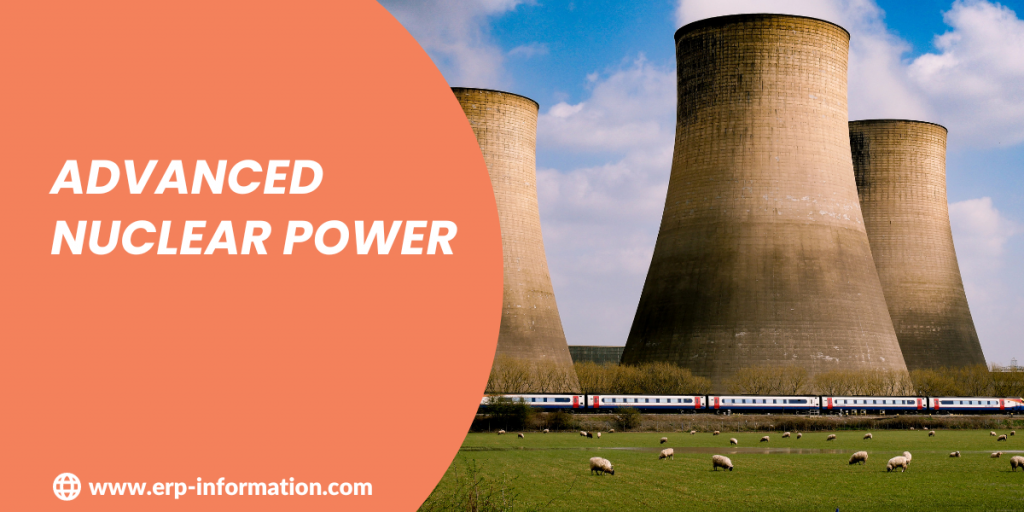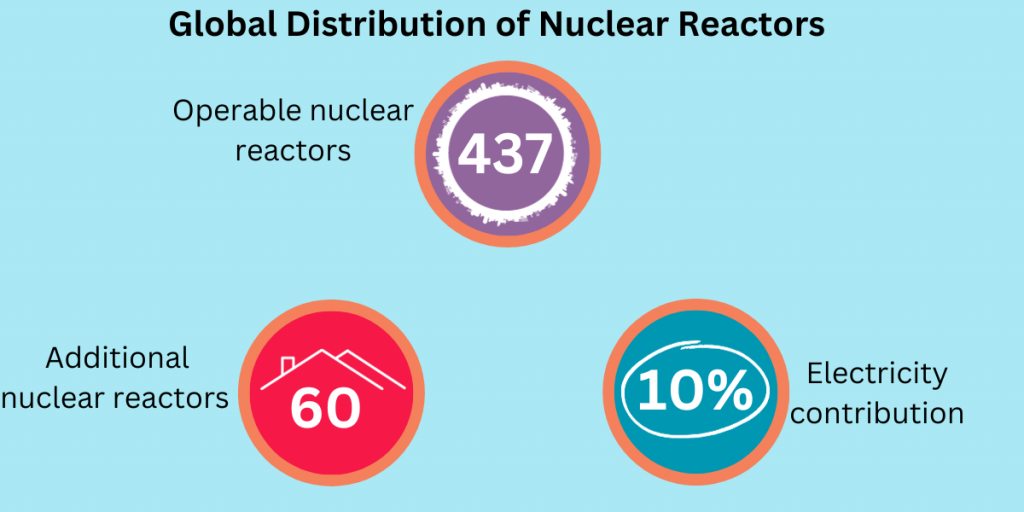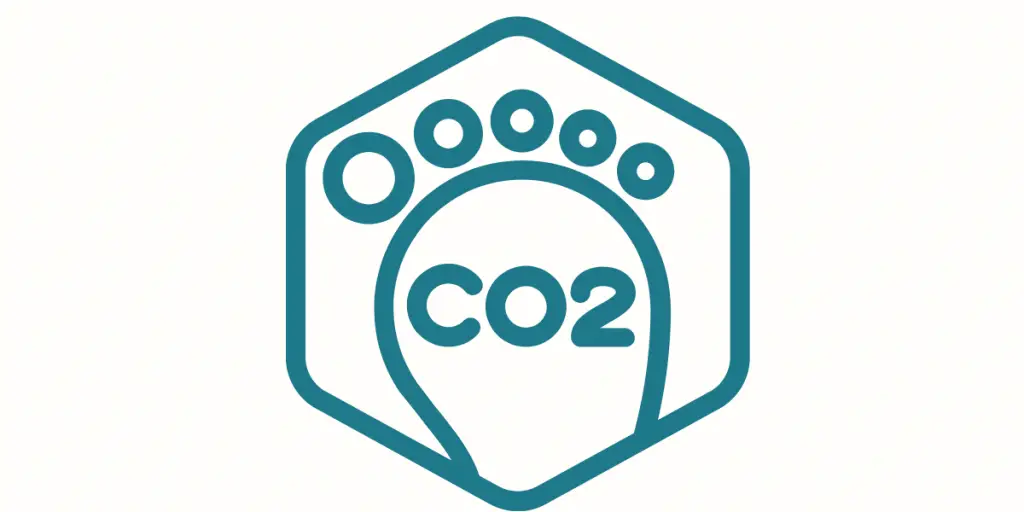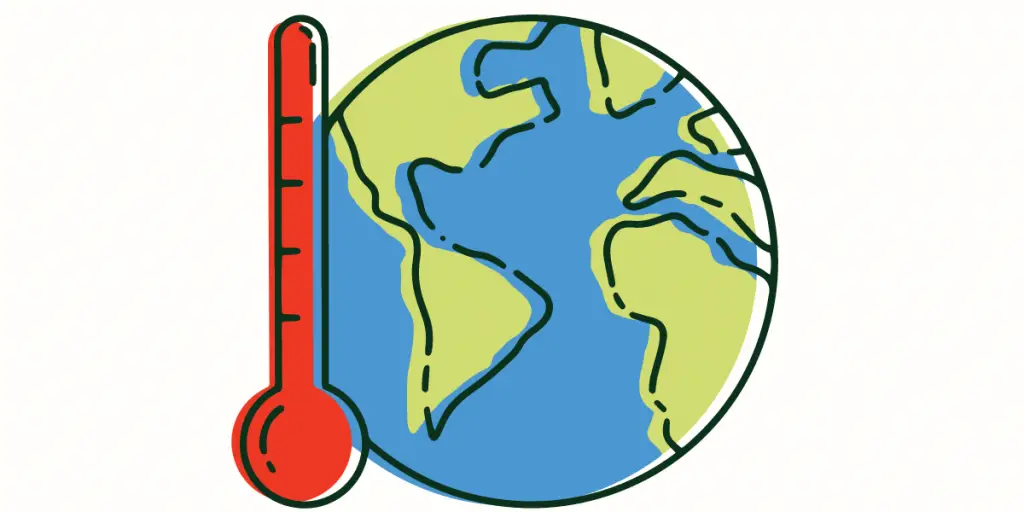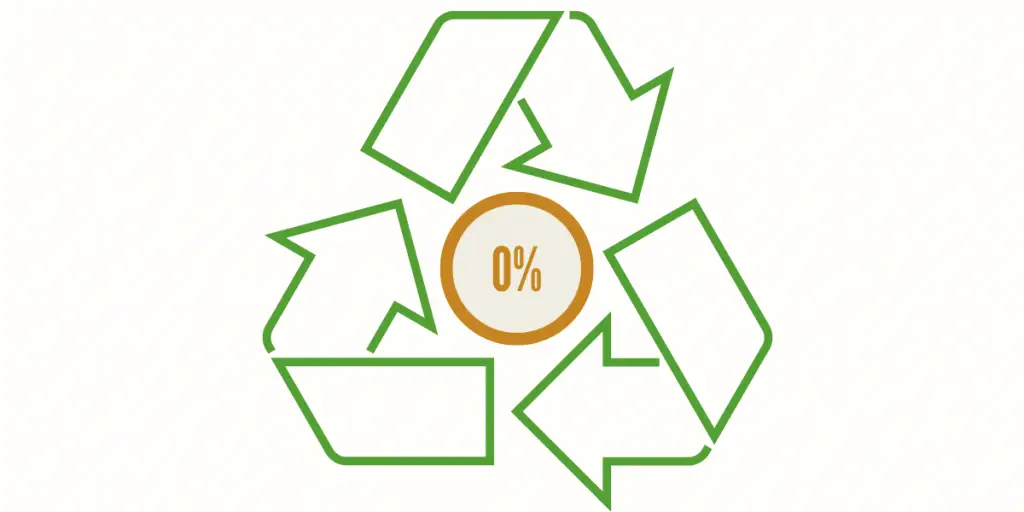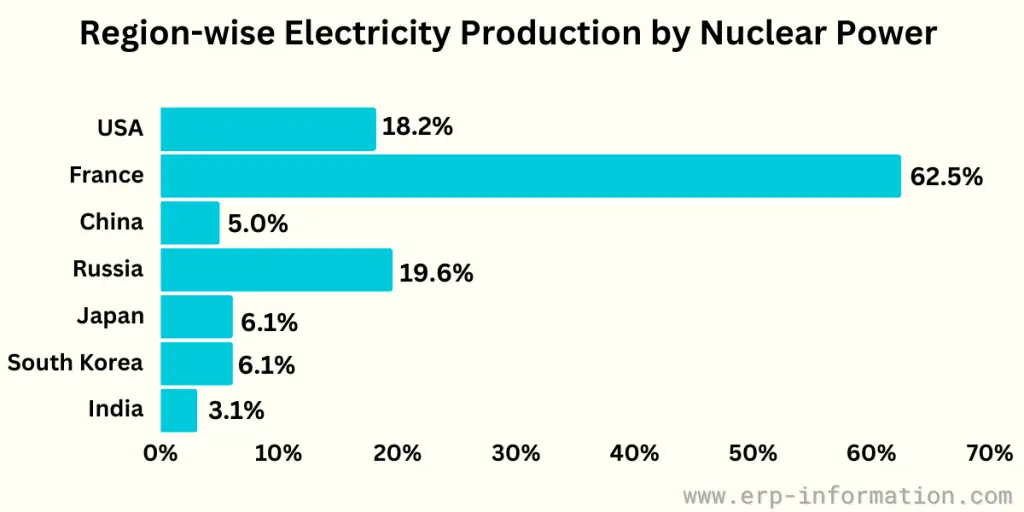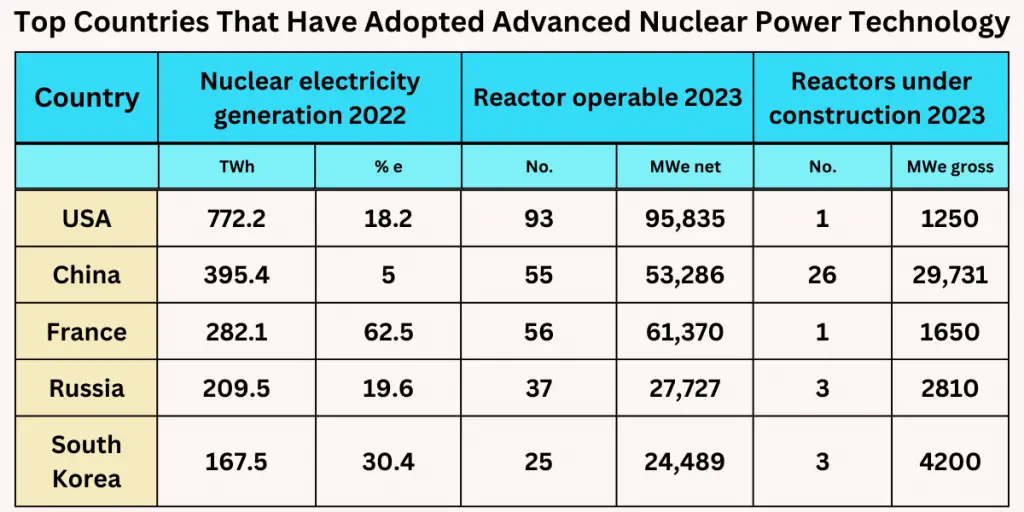Advanced nuclear technologies, including small modular reactors and next-generation designs, offer a low-carbon energy source with improved safety features and reduced nuclear waste.
Advanced nuclear power stands out as a low-carbon energy source, contributing significantly to emission reduction efforts. The absence of greenhouse gas emissions during operation positions nuclear energy as an important component in the transition towards sustainable energy.
Comparatively, when evaluating the life-cycle emissions per unit of electricity, nuclear power demonstrates environmental advantages comparable to wind and superior to solar.
Explore the transformative potential of advanced nuclear power in revolutionizing global energy sustainability and reducing carbon emissions in our blog post.
Global Distribution of Nuclear Reactors
Operable nuclear reactors
The fact that there are 437 operable nuclear reactors in 32 countries underscores the widespread adoption of nuclear power as a source of electricity.
Ongoing construction
The construction of 60 additional nuclear reactors in 18 countries signifies continued investment and interest in nuclear power.
Contribution to global electricity production
The 10% contribution of nuclear power to the world’s electricity production in 2021 is noteworthy.
Advanced Nuclear Power Overview
Nuclear power indeed plays a major role in the reduction of carbon emissions, and its minimal carbon footprint makes it a valuable component in the global energy transition.
The minimal carbon footprint of nuclear power, ranging from 15 to 50 grams of CO2 per kilowatt-hour, is a significant advantage. This stands in stark contrast to gas-powered generators and coal, which have much higher carbon footprints.
The International Energy Agency‘s estimation that nuclear energy helps avoid 1.5 gigatonnes of global emissions annually underscores its substantial contribution to mitigating climate change.
Additionally, the reduction in global gas demand further emphasizes the role of nuclear power in decreasing reliance on fossil fuels and their associated emissions.
The IEA’s roadmap, suggesting that global nuclear capacity needs to almost double to achieve net-zero emissions by 2050, outlines the potential scale of impact that nuclear power can have on reducing emissions.
France’s Nuclear Success Story
France serves as a compelling example of nuclear energy’s potential impact on emission reduction. With over 70% of its electricity generated from nuclear power, France has achieved the largest nuclear share globally. This achievement translates into an electricity sector with emissions one-sixth of the European average.
The rapid transformation of France’s electricity system, where nuclear energy evolved from a minor role to the primary contributor within 15 years, underscores the capability of nuclear power to swiftly and effectively combat climate change.
Emission Reduction Mechanism in France
Zero emissions during operation
Nuclear power plants produce electricity without emitting greenhouse gases during their operational phase.
This characteristic makes them invaluable in efforts to reduce carbon footprints.
Scalability for climate action
The rapid expansion of nuclear energy in France showcases its scalability and adaptability. This ability to increase nuclear power’s contribution within a relatively short timeframe is crucial for meeting the urgent demands of climate change mitigation.
Comparable emissions to wind, superior to solar
The life-cycle analysis reveals that nuclear power generates about the same amount of carbon dioxide-equivalent emissions per unit of electricity as wind. Additionally, nuclear power produces only one-third of the emissions per unit of electricity compared to solar. This places nuclear energy in a favorable position concerning overall emissions reduction.
How Nuclear Mechanisms Work to Generate Electricity?
Nuclear power plants operate by harnessing the energy released during nuclear fission. In this process, the nucleus of a heavy atom, such as uranium-235, splits into two smaller nuclei, releasing a significant amount of energy.
This released energy is utilized to heat water, producing steam that drives turbines connected to generators, ultimately generating electricity.
Below table provides a condensed representation of nuclear power statistics for various countries and regions, including the number of operable reactors, net capacity, and the percentage of electricity generated from nuclear sources.
| Region/Country | Operable Reactors | Net Capacity (GWe) | Electricity from Nuclear (%) |
| USA | 93 | 95.8 | 18.2% |
| France | 56 | 61.4 | 62.5% |
| China | 55 | 53.3 | 5.0% |
| Russia | 37 | 27.7 | 19.6% |
| Japan | 33 | 31.7 | 6.1% |
| South Korea | 25 | 24.4 | 6.1% |
| India | 22 | 6.8 | 3.1% |
Below is the graphical representation.
The below table shows the top countries that have adopted advanced nuclear power technology.
Conclusion
Advanced nuclear power stands as a promising and transformative energy solution, offering the potential to address global energy demands while significantly reducing carbon emissions, paving the way for a sustainable and cleaner future.
